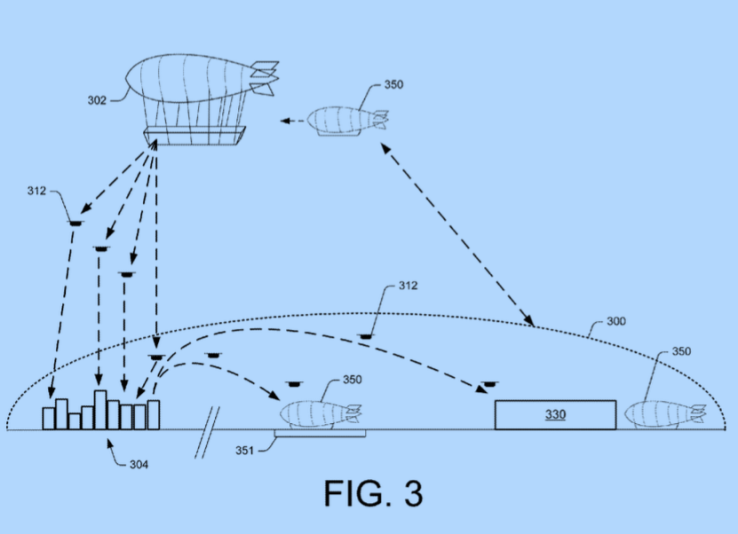Before the headline story a quick note on the stock price.
When we posted "
As NVIDIA Notches Its 10th Straight Daily Gain, Lots Of People Say Nice Things...HOWEVER (NVDA)" on Tuesday at $116.49 up $6.71:
...We agree and start to lighten up right here, right now.
And any weakness in the overall market means lighten up some more.
We didn't have any special insight or anything, just pattern recognition.
The stock price had achieved verticality on the charts, so much so that four minutes after the close Tuesday the usually sober folks at Barron's posted "
The Hot Stock: Nvidia Soars 6.9%" with this as their illustration:
We didn't have the advantage of seeing that, our post came out at fifty minutes before the close but if we had our declarative "right here, right now" (which they really caution against in junior analyst school) would have been even more emphatic. A picture really is worth a thousand words, or a few millions of dollars.
The stock is currently at $104.79 down $4.46 (-4.08%) which, interestingly enough, is just about where we posted "
So, After NVIDIA More Than Triples, Goldman Sachs Puts It On Their 'Conviction Buy' List (NVDA)" on December 20th:
Shades of First Solar.
I'll have to explain that remark after Christmas.
The stock is trading at $104.82 up $3.19 (+3.14%) after hitting another all-time high at $106.13....
I see I still owe patient yet wary reader an anecdote on FSLR. I'll get to it
But first,
MarketWatch:
Tech event in January could spur volatility, more Nvidia gains, Goldman says
Nvidia could rise another 18% in 2017, says Goldman analyst
It’s been quiet for stocks in the final trading week of the year, as
is typical, but expect volatility to return early in 2017, particularly
in the retail and technology sectors, Goldman Sachs wrote on Thursday.
Both
groups could see big moves around the Consumer Electronics Show (CES),
which runs from Jan 5-8 and is a “historically stock moving event,” the
investment bank wrote in a note to clients. Goldman, which recently warned that
January could also be volatile for health care stocks, added that the
options market was not pricing in the potential moves that could result
from the event....MORE
... On the upside, Goldman sees further potential for gains in Nvidia Corp.
NVDA, -3.96%
which is already the biggest
S&P 500 percentage riser of the year, up more than 200%.
Since
2006, Nvidia shares have moved about 7%—either up or down—over CES,
according to Goldman data, a trend the firm expects to continue this
year, as Nvidia’s chief executive is scheduled to make the opening
keynote address and the company will be unveiling new products.
The
Goldman analyst who covers Nvidia sees upside of 18% over the coming
year, calling it “a unique growth story in semis, levered to positive
secular trends in gaming, virtual reality, artificial
intelligence/machine learning and automotive.”
Shares of Nvidia fell 3.7% on Thursday, continuing a pullback from Wednesday. Garmin shares were flat.
A few things to note about the CES. The gaming stuff is not why NVDA is trading at a 40 P/E (that's forward; it's 70 for TTM).
Offsetting that, NVIDIA's CEO Mr. Huang is a bit of a showman and will most likely take the opportunity of the keynote speech to introduce a new chip or two to maximum press coverage.
Additionally this years show will have the most attention to the automotive sector in the history of the CES.
HOWEVER...there is a bunch of stock in taxable accounts that didn't want to sell in the last days of tax year 2016 that could very easily be persuaded it's the prudent thing to do on January 6th or 9th.
Regarding Mr. Left and Citron, he was probably seeing the same thing we, and Investor's Business Daily and just about anyone else paying attention were seeing.
And calling for a short he's playing a dangerous little game. Here are a couple prior posts to get at what I'm trying to say:
Dec. 19
Is Short-Seller Muddy Waters Losing Its Mojo?
,,,Block told Bloomberg‘s Lisa Pham:
“I’m always a fan of shorting total frauds and Hong Kong
has its share so it will always be a place for us,” Block said,
commenting generally about listed companies in the city. “The trading
volumes generally aren’t that good and I think there are a lot of stock
manipulations in Hong Kong and that’s a function of the volumes being
poor.”
Unfortunately, Muddy Waters’ recent track record is not good....MORE
At least he's talking the right stuff.
In a bull market the only place to risk a short is in the questionable
companies whereas in a bear going after the valuation shorts can also
give you an acceptable risk/reward.
And:
October 2014
Questions America Wants Answered: "Do Valuation Shorts Work Better Than Fraud Shorts?"
So good luck to Left.
Possibly also of interest:
Short Selling Prerequisite: Empathy (and Charlie Munger quotes)
















